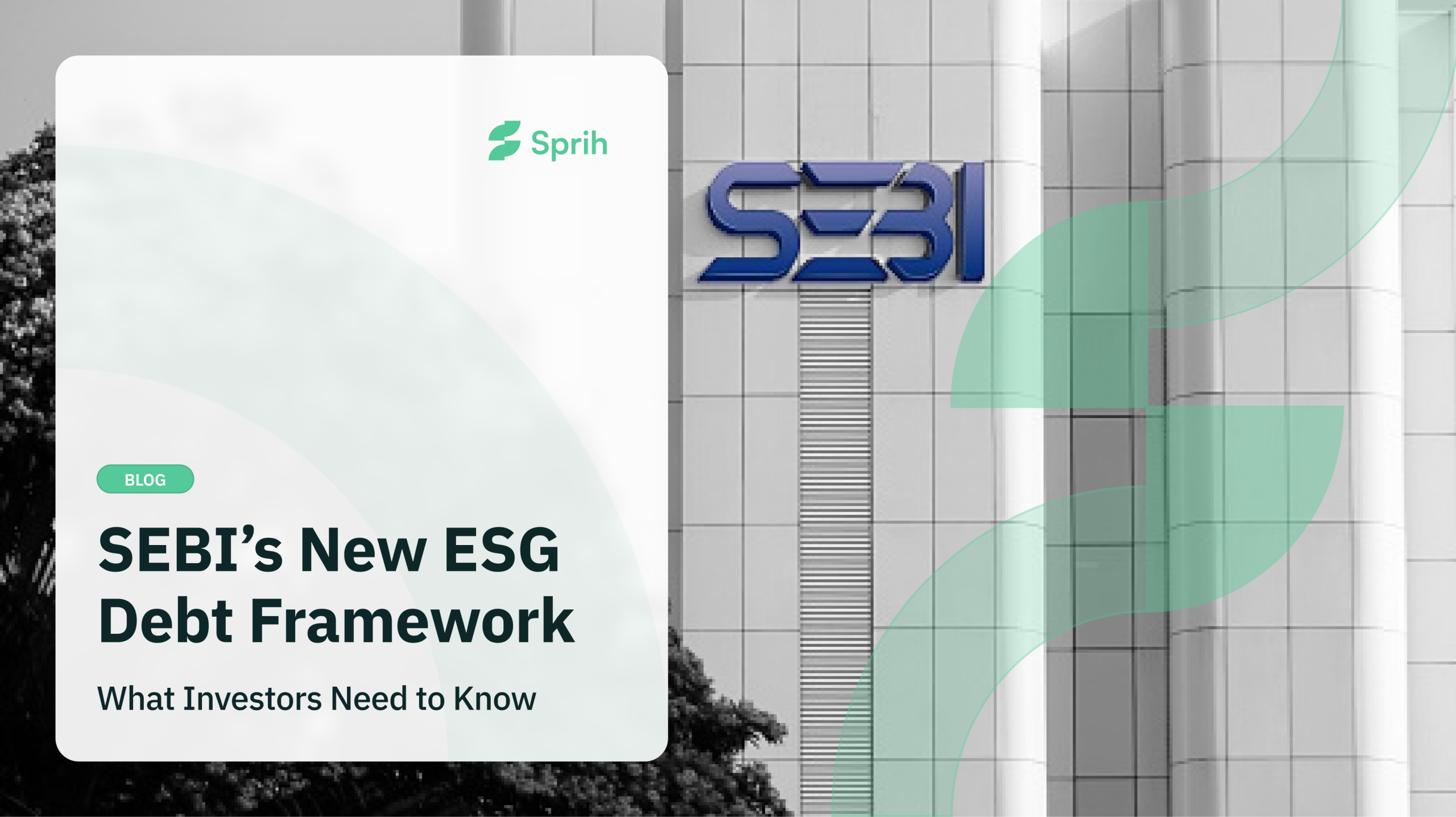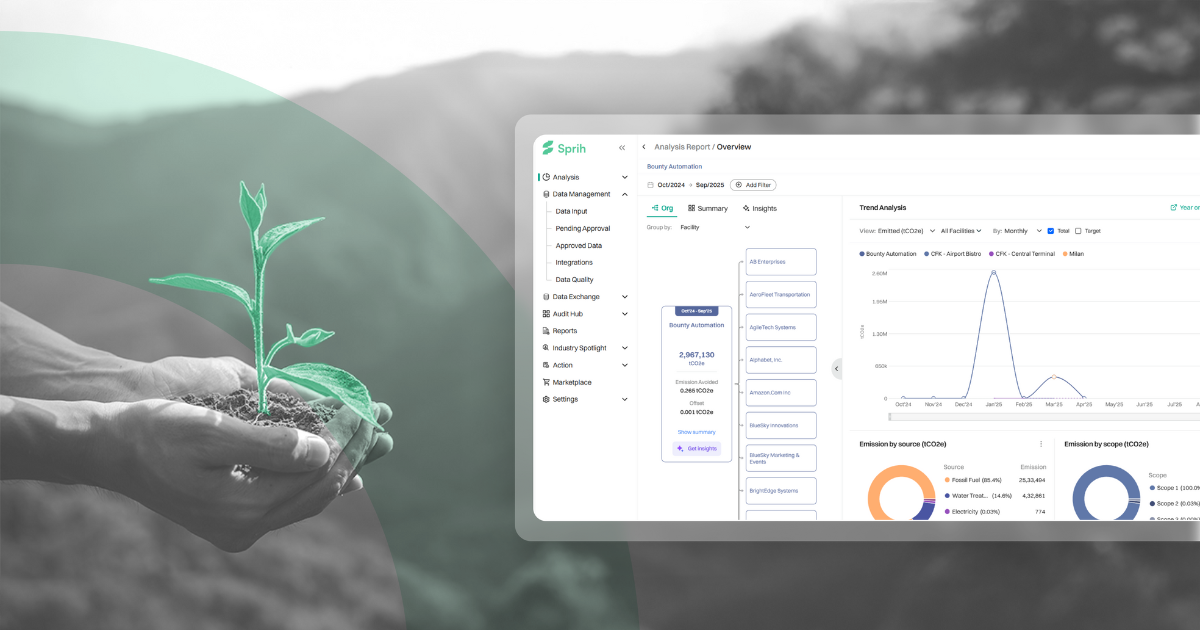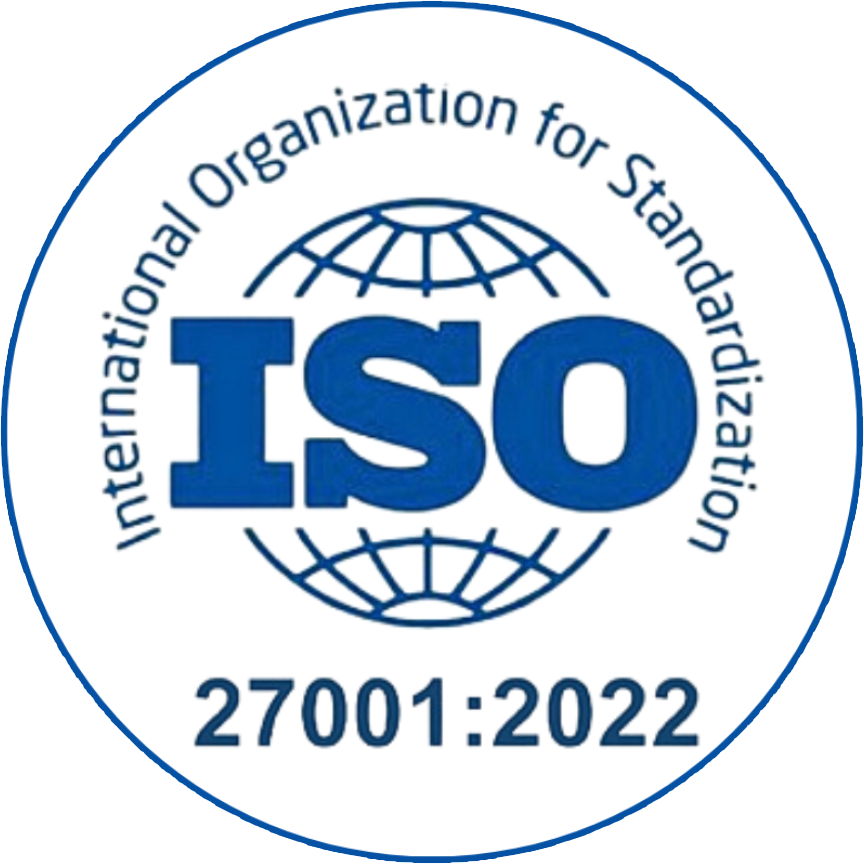India is stepping into a new era of sustainable finance. With the Securities and Exchange Board of India (SEBI) rolling out fresh guidelines effective June 5, 2025, ESG debt instruments—like social bonds, sustainability bonds, and sustainability-linked bonds (SLBs)—are set to gain clarity, credibility, and scale.
For investors, this means more than just a new asset class. It’s a chance to align financial goals with meaningful social and environmental outcomes—while navigating a more structured and trustworthy market. Here’s what you need to know.
ESG Debt: Why It Matters
Globally, ESG debt has seen remarkable growth. India issued $15.6 billion in ESG debt instruments last year, significantly boosting confidence and enthusiasm among investors eyeing sustainable impacts. Investors now seek more than returns: they want to fund real-world change, whether it’s reducing carbon emissions or expanding access to healthcare.
SEBI’s new circular changes the structure of Indian Regulatory Framework to fully support this. It sets clear definitions, strengthens disclosures, and enforces third-party oversight. This creates a more reliable ecosystem, helping capital flow to impactful projects without sacrificing transparency or accountability.
For investors, ESG debt offers:
- Real impact: Funds directly support projects like clean energy, affordable housing, or education.
- Competitive returns: Yields can match those of conventional bonds, with added value from diversification.
- Reputation risk mitigation: Better standards reduce the chances of “greenwashing” or misuse of funds.
Know the Instruments: What You’re Investing In
SEBI now recognizes three categories of ESG debt securities:
- Social Bonds: Fund social projects—like access to food, healthcare, education, or affordable housing.
- Sustainability Bonds: Blend green and social objectives. Ideal for holistic, multi-purpose projects.
- Sustainability-Linked Bonds (SLBs): Tie financial outcomes to the issuer’s achievement of predefined sustainability targets (like reducing emissions or improving worker safety).
Each serves a different purpose. The clarity helps investors choose based on desired impact and risk-return profiles.
What Makes ESG Bonds Attractive
1. Impact You Can Measure
ESG bonds fund specific, trackable outcomes. For example, a social bond might finance a water project that serves 5,000 households. This transparency gives investors confidence their money is driving real change.
2. Enhanced Accountability
SEBI mandates disclosures before and after bond issuance. Issuers must explain:
- What they’ll fund
- Who benefits
- How risks will be managed
For SLBs, issuers must publish detailed performance targets and KPIs—and explain how they connect to their broader business strategy.
3. Third-Party Verification
Independent reviewers check if the bonds meet global standards (like ICMA’s principles). Their role is to verify claims and flag any gaps. Importantly, they must be free from conflicts of interest and possess ESG expertise.
4. Portfolio Diversification
ESG debt spans sectors—education, healthcare, energy—offering exposure beyond traditional market cycles. It’s a useful hedge in uncertain times.
5. Growing Demand and Liquidity
Institutional interest in ESG investing is surging. Pension funds and insurance companies are building large ESG portfolios, driving liquidity and offering retail investors a more stable marketplace.
Key Safeguards: Guarding Against “Purpose-Washing”
SEBI’s guidelines go beyond definitions—they aim to protect the integrity of the ESG label. Issuers must:
- Track how funds are used
- Monitor if projects meet their stated goals
- Disclose deviations, if any, to investors
In some cases, issuers might be required to offer early redemption if projects fall short, subject to investor consent. These mechanisms ensure long-term accountability.
Opportunities Beyond Large Corporates: The SME Edge
SEBI has also opened the ESG debt space to small and medium enterprises (SMEs) listed on India’s SME exchange. This expands the investment universe and brings fresh impact opportunities.
SMEs are often at the forefront of grassroots innovation—think microfinance for rural entrepreneurs or solar solutions in off-grid areas. With proper oversight and lower compliance costs, investing in SME-issued ESG debt can offer both impact and attractive returns, albeit with some additional risk.
Post-Issuance Reporting: Real-Time Impact Tracking
Investors won’t be left guessing. SEBI now requires annual updates from issuers on:
- Fund utilization
- Project outcomes
- (For SLBs) KPI progress and how it affects financial terms
This real-time visibility empowers investors to manage risk dynamically and take corrective action—rather than waiting until maturity.
Ambition and Benchmarks: Raising the Bar
For SLBs especially, it’s not enough to just have goals—they must be ambitious, credible, and benchmarked. SEBI requires issuers to set targets aligned with global frameworks like:
- The Paris Agreement
- The UN Sustainable Development Goals (SDGs)
This ensures that ESG bonds aren’t just ticking boxes—they’re actually driving meaningful, measurable change.
Risks to Consider
While the framework is strong, ESG debt still comes with risks:
- Impact Risk: If a project underperforms (e.g., a school never opens), the intended benefit is lost.
- Financial Risk: SLBs can penalize missed targets (e.g., by raising interest rates), affecting returns.
- Regulatory Risk: Changes in global or local policy can shift reporting burdens or eligibility.
- Liquidity Risk: Especially for SME bonds, low trading volumes may affect exit options.
These aren’t reasons to avoid ESG debt—but they are reasons to do your homework.
A Smarter Approach to ESG Investing
To get the most from ESG bonds, investors should follow a few key principles:
- Vet the issuer: Look at their sustainability track record. Do their targets make sense? Are KPIs measurable and transparent?
- Review the offer document: Understand where the money is going and how progress will be tracked.
- Check the reviewers: Ensure they’re SEBI-registered, independent, and experienced in ESG assessments.
- Assess fit within your portfolio: ESG bonds can complement equity-heavy or conventional debt portfolios by reducing volatility and adding impact exposure.
- Track ongoing disclosures: Annual updates let you confirm whether promises are being kept—and act early if they’re not.
The Big Picture
ESG debt isn’t a passing trend. It’s part of a larger movement toward responsible investing—one that blends financial returns with real-world results. With SEBI’s structured framework, India is poised to become a global leader in sustainable finance.
For investors, this is both an opportunity and a responsibility. The market is maturing. Standards are rising. The tools for smart decision-making are in place.
The question is no longer if ESG debt belongs in your portfolio—but how you’ll use it to drive both returns and impact.
FAQs
What are ESG debt securities under SEBI’s 2025 framework?
ESG debt securities are bonds funding environmental, social, or governance-focused projects. SEBI’s June 2025 framework categorizes them as social bonds (e.g., healthcare), sustainability bonds (social and environmental goals), and sustainability-linked bonds (tied to sustainability targets).
Why invest in ESG debt securities?
They offer measurable impact (e.g., clean water access), financial stability through SEBI’s strict disclosures, portfolio diversification across sectors like education, and access to a growing market with strong institutional demand.
How does SEBI ensure transparency in ESG bonds?
SEBI mandates detailed offer documents, annual reports on fund use and impact, and independent third-party verification to align with global standards, reducing “purpose-washing” and building investor trust.
What risks come with ESG debt securities?
Risks include project underperformance (impact risk), unfavorable term adjustments in SLBs (financial risk), evolving regulations (regulatory risk), and limited liquidity for smaller issuances. SEBI’s disclosures help mitigate these.
Can SMEs issue ESG bonds, and what are the benefits?
Yes, SMEs can issue ESG bonds under SEBI’s framework, meeting disclosure standards. This offers investors access to high-impact local projects, like rural microfinance, with potential for attractive yields, though liquidity risks require careful due diligence.













